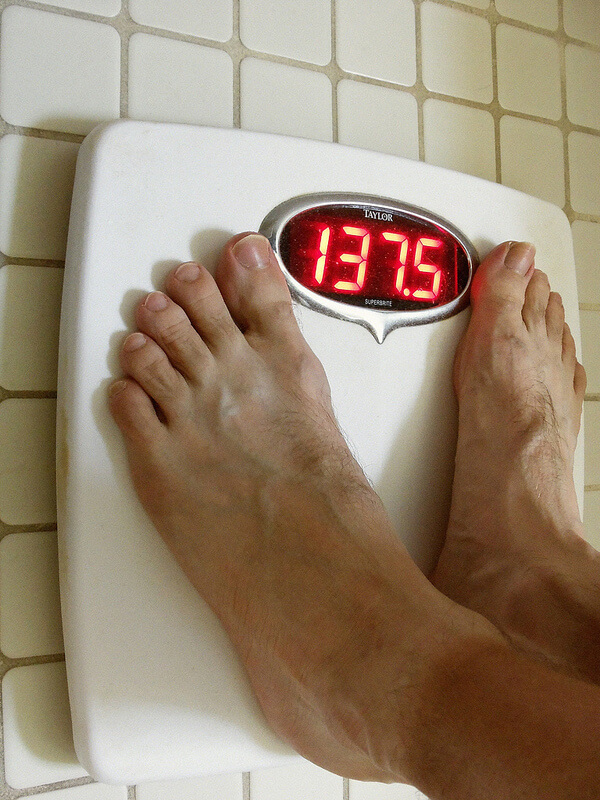Decoding the Glycemic Index
It is likely that you have heard of the Glycemic Index and it is equally likely that you are confused about it. 🙂 The Glycemic Index (GI) is an indicator of how much a food raises your blood sugar when compared to a benchmark (pure glucose, which has a measurement of 100).
The GI only applies to carbohydrate containing foods such a grains, fruits and vegetables. Protein or fat foods (such as butter and meats) will not register on on the glycemic index because there are little to no carbohydrates in these foods.
To determine the Glycemic index of a given food, 50g of the food is ingested, blood glucose is measured and the average is taken from the test group. The problem however is that when a food is taken in in a “real world” situation (like in a meal) the Glycemic index doesn’t apply anymore. To help with this, there is something called the Glycemic Load which is more applicable to a real world setting.
The Glycemic Load is a similar scale from 1-60 that not only considers the glycemic index of a food, but also the quantity of carbohydrates that food contains. This explains why certain foods (like watermelon) can gave a high Glycemic Index, but a low Glycemic Load.

Even with all of this helpful (and somewhat nerdy) information, Glycemic index/load numbers are not included on food labels, so trying to memorize these values would be pointless. But understanding this overall concept is very important when it comes to maintaining your energy and overall health.
8 Things to Understand About the Glycemic Index
1. High GI foods in the diet can overstimulate and exhaust the pancreas, resulting in type II diabetes.
2. High Insulin levels are associated with heart disease and hypertension.
3. The processing of a particular food will impact the GI of that food. For example, a rolled oat has a lower glycemic index than an instant oatmeal. In general the longer it take something to cook, the less processed it is.
4. Foods that contain fat or are high in acid (such a citrus) will break down slower, and thus has a lower GI / GL
5. Table sugar breaks down slower than many starches (example: bread) because it has 2 types of sugar, glucose and fructose.
6. Combining low or no glycemic foods (fats, proteins) with high glycemic foods (such as fruit) will help stabilize blood sugar levels leading to better energy levels and weight management.
7. Low GI/GL foods are usually a good source of fiber (ex: beans, vegetables, fruit)
8. Low GI foods are helpful for weight loss because they generally contain fewer calories and postpone hunger for longer periods of time.
So what’s the takeaway? When you look at the numbers Glycemic Index and Glycemic Load you find a simple trend, eating less processed foods like vegetables, fruits, nuts, meat and dairy is the best way to control your health and manage your weight long term. It really is that simple.
If you have found this information to be useful, please SHARE this information [using the buttons below] to help spread the message of healthy living. Feedback and questions are welcome in the comments section below. Thanks for reading!
photo credit: dno1967b via photopin cc


